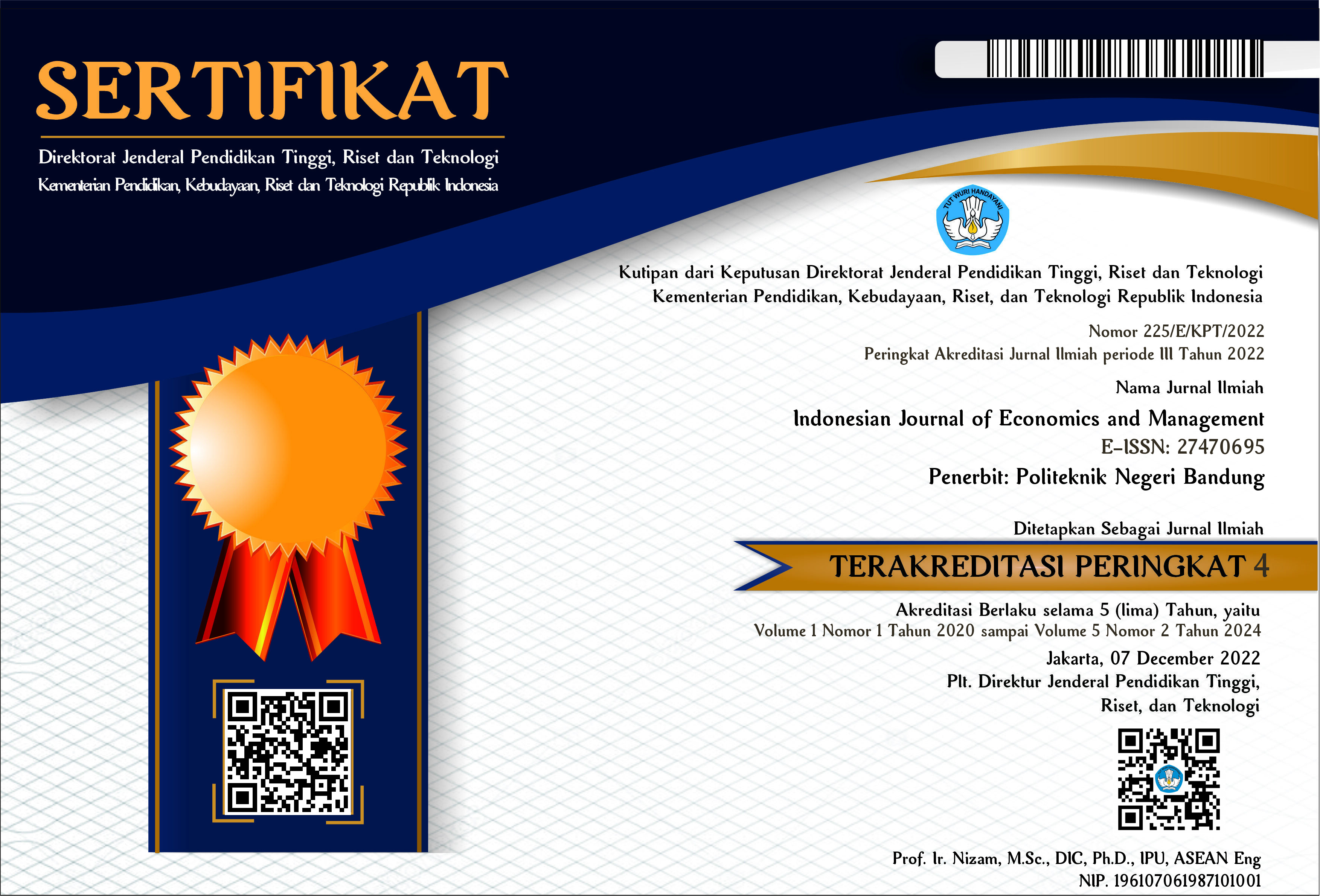Effect of Access to Electricity, Access to Sanitation, Decent Drinking Water, Education, GDP, Population and Capital Expenditure on The Percentage of Poor People
Abstract
This study analysis of the percentage of poor people in eastern Indonesia: regencies/cities in East Nusa Tenggara, Maluku and Papua. This study used panel data regression analysis techniques with Pooled least Square (PLS), Fixed Effect Model (FEM), and Random Effect Model (REM). This study used panel data for 2010-2019 from 82 regencies/cities in East Nusa Tenggara, Maluku and Papua. Research has two objectives where, the first goal is to find a representative panel data regression model against the research data. The purpose of the second study was to find variables that affect the percentage of poor people in East Nusa Tenggara, Maluku and Papua. The results of the study found that the fixed effect model (FEM) is the best model for analyzing the percentage of poor people. The GDP of regencies/cities and education are variables that have a significant effect on reducing the percentage of poor people in East Nusa Tenggara, Maluku and Papua.



